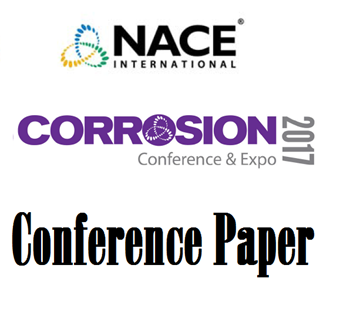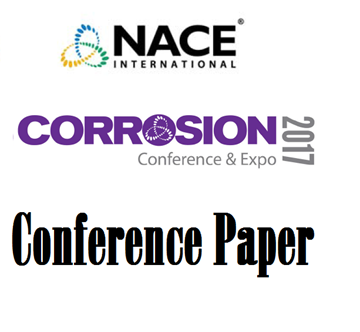Search
09275 Pragmatic Effects of Flow on Corrosion Prediction
Also Purchased
CFD-based Prediction of Flow Induced Corrosion
Product Number:
51317--9126-SG
ISBN:
9126 2017 CP
Publication Date:
2017
$20.00
The Facts and a Few Urban Legends Too Around Flow-accelerated Corrosion
Product Number:
51317--9165-SG
ISBN:
9165 2017 CP
Publication Date:
2017
$20.00
Recently viewed




